Today we’re back in Carla Z. Mudry’s garden in Malvern, Pennsylvania, celebrating the blooms of the end of summer.
Azaleas (Rhododendron hybrids, Zones 6–9) are traditionally a feature of spring gardens, but new breeding, notable in the Encore series, has created forms that bloom in the spring and then rebloom in late summer, so we get a bit of spring delicacy in the late summer.
Hardy hibiscus like this are hybrids of U.S. native species such as Hibiscus moscheutos (Zones 5–9) and Hibiscus coccineus (Zones 5–9), and they end the summer by producing truly enormous flowers. As with most hibiscus, each individual bloom only lasts one day, but they are produced in great abundance and make a dramatic statement in late summer.
Hardy hibiscus come in a range of colors, from deep red to white and various pinks and bicolors in between.
New York ironweed is a towering native perennial, that, depending on the form and garden conditions, can reach as tall as 6 or 8 feet. The large clusters of small purple flowers are very attractive to many insects, including this beautiful swallowtail butterfly.
Seven-sons flower is a small tree that, unlike many trees, doesn’t bloom in spring but rather late summer. The big clusters of white flowers develop into pinkish seed heads that remain attractive a long time.
Though native to Asia, the blooms of seven-sons flower are very attractive to many of our native butterflies and other insects.
What says summer more than black-eyed Susans? So cheerful and vigorous!
Another classic end-of-summer bloom is Japanese anemone (Anemone hupehensis, Zones 4–8). It thrives in sun or partial shade and brings a great parade of delicate-looking pink flowers on vigorous plants. Some cultivars can spread a little aggressively, so choose small growing selections for small gardens.
Crocosmia is a genus of bulbs native to South Africa that have brilliant yellow, orange, or red flowers in summer. This looks like it might be the classic cultivar ‘Emily McKenzie’ (Zones 6–9).
Have a garden you’d like to share?
Have photos to share? We’d love to see your garden, a particular collection of plants you love, or a wonderful garden you had the chance to visit!
To submit, send 5-10 photos to gpod@taunton.com along with some information about the plants in the pictures and where you took the photos. We’d love to hear where you are located, how long you’ve been gardening, successes you are proud of, failures you learned from, hopes for the future, favorite plants, or funny stories from your garden.
Have a mobile phone? Tag your photos on Facebook, Instagram or Twitter with #FineGardening!
Do you receive the GPOD by email yet? Sign up here.
Fine Gardening Recommended Products
Hunter Industries MP-1000-90 Hunter Nozzle
Fine Gardening receives a commission for items purchased through links on this site, including Amazon Associates and other affiliate advertising programs.
- 8' to 15' radius with an adjustable arc of 90° to 210°, radius can be reduced by up to 25% to fit landscape needs
- Double-pop technology flushes the nozzle during start-up and shutdown to prevent clogging
- Wind-resistant, multi-directional streams provide even coverage
A.M. Leonard Deluxe Soil Knife & Leather Sheath Combo
Fine Gardening receives a commission for items purchased through links on this site, including Amazon Associates and other affiliate advertising programs.
MULTITASKING DUAL EDGES: a deep serrated edge and a tapered slicing edge ideal for tough or delicate cuts. DURABLE 6-inch stainless steel blade withstands 300 lbs of pressure. TWINE CUTTING NOTCH, DEPTH GAUGE MARKINGS & spear point - no need to switch tools when using this garden knife. LEATHER SHEATH: heavy duty, protective, clip on sheath to keep your knife convenient and secure. LIFETIME WARRANTY.
Niteangel Natural Wooden Insect Hotel, Garden Insect House for Ladybugs, lacewings, Butterfly, Bee, Bug
Fine Gardening receives a commission for items purchased through links on this site, including Amazon Associates and other affiliate advertising programs.
The insect nest box provide a safe environment where garden creatures can shelter, hibernate and lay their eggs, the insect house can also keep insects from entering your warm room. The insect hotel makes it easy to find and observe fascinating creatures. the butterfly, bees and ladybugs can use this product as habitat. Dry wood and Bamboo can be home to many insects such as ladybirds and lacewings which eat aphids and help keep your plants pest-free. the insect hotel improve the growth of plants in your yard by attracting beneficial insects. The iron design on the top can keep the insect house from rainwater. Let the insect house have a longer useful life and make the insects more comfortable. If you only have a balcony or yard, the hanging garden shelter is ideal as it provides a choice of suitable habitats in a small area.










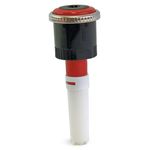

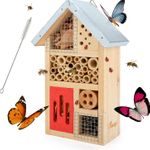





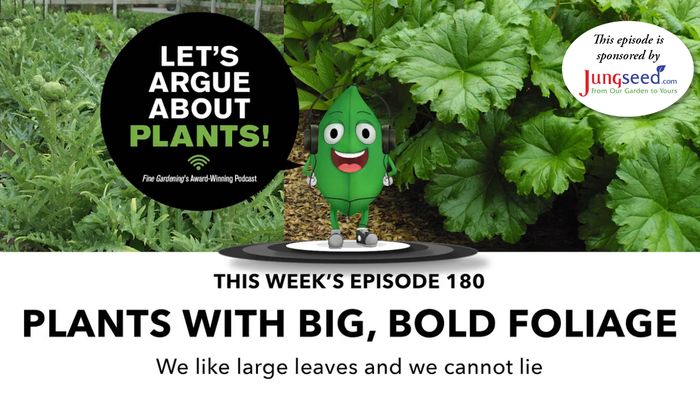
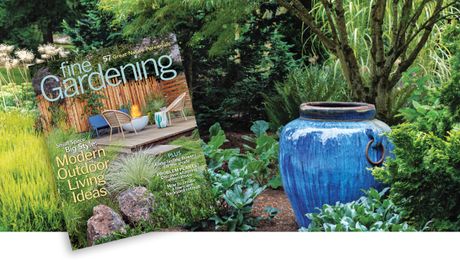
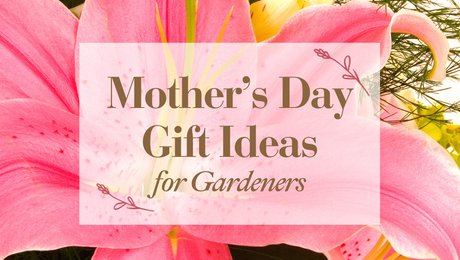










Comments
Some beautiful end-of-season blooms. Thank you for sharing.
My Seven Sons small tree is now about 10' x 10'. Fortunately it is in an open space where it works.
Carla - you have shown us so many healthy plants over the years! Today I looked up something about Heptacodium miconioides.
So beautiful! My hardy hibiscus got chewed to nubs by the evil Japanese beetles... Worst they've ever been. Thank you for sharing your "unchewed" beauties!
Log in or create an account to post a comment.
Sign up Log in